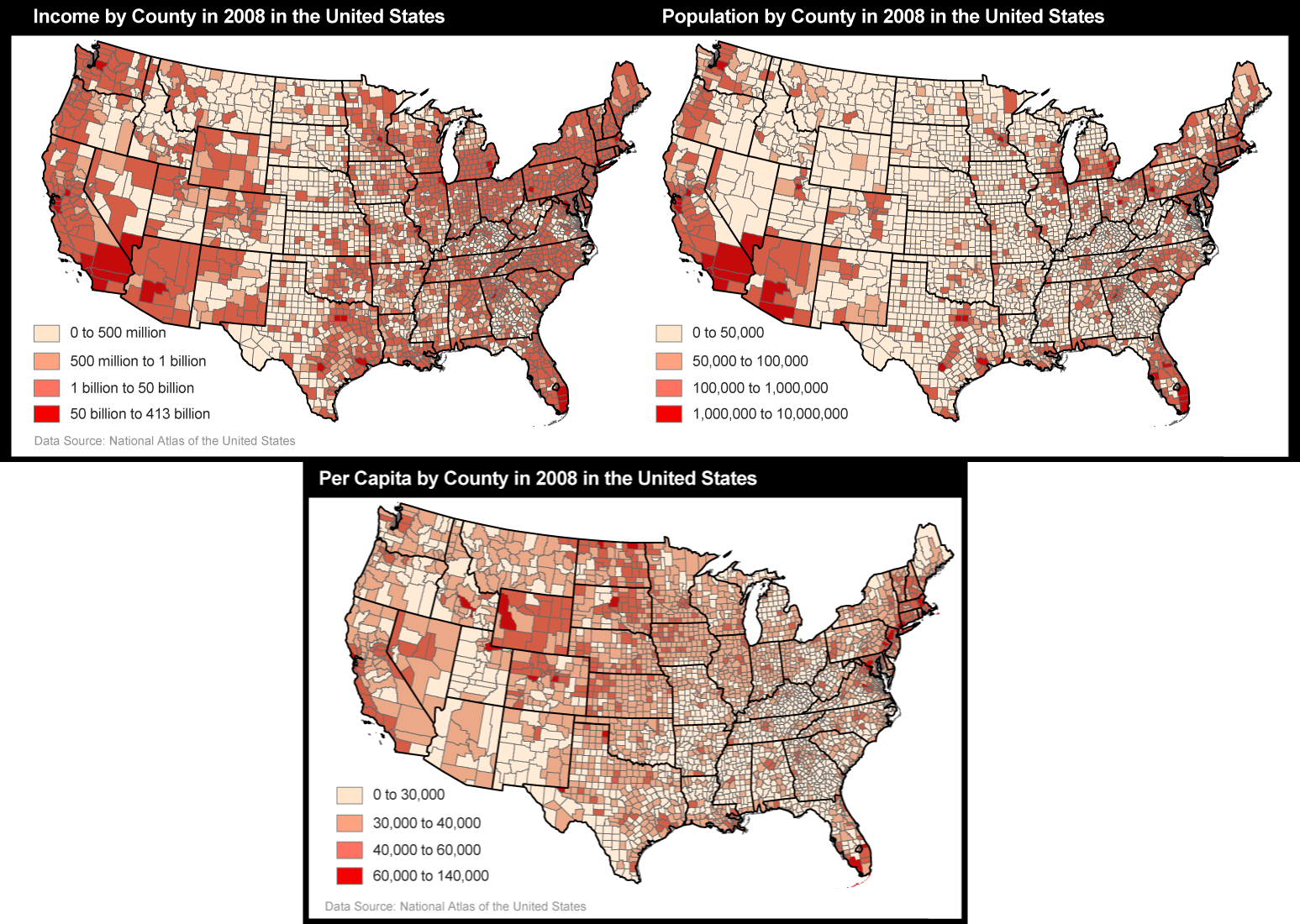

Openoffice calculate fraction of second how to#
In this chapter we will learn how to find the Percentage of Marks.

In other words, anything out of a hundred becomes a Percentage that means a fraction with denominator 100 can be called a Percentage. Suppose out of 100 students 12 students were absent, then we say 12% of the students were absent. A Percentage is a number that is used to represent a part of 100.Ī Percentage is more like a fraction. List the following fractions in ascending orderĬalculate the LCM of 15, 14 and 12 as 420Ĥ48/420 < 450/420 <4 90/4200420 And hence the fractions in ascending order:Ĩ.The word Percentage is derived from the Latin word “Percentum”, which means “per hundred”. Order these fractions in ascending order:Ĭalculate the LCM of the denominators 15, 18 and 10 as 90Īnd thus, the fractions in ascending order are: 2/15 < 3/18 < 9/10ħ.

Therefore, the fraction from lowest to largest isĦ. Start by calculating the LCM of denominators 4, 20 and 25 = 100 Order the fractions below from the lowest to the largest. Order the following fractions in ascending orderĭetermine the LCM of the denominators as 18.Ħ/18 < 9/18< 12/18 and thus the fraction in ascending order ĥ. Now fractions in ascending order = 2/5 < 4/7 < 5/6Ĥ.

Next, right-click the cell, choose Format Cells, and pick General. The result shows the current date and time, probably formatted like this: 9:57. Edit: But the formula gave the right result, IF you insist on calculating the GCD of those two numbers, the result will be 1. You don't need the GCD at all in this case.
Try this: in an empty cell, type NOW () and hitThe current and formal definition in the International System of. Order the fraction from the least to the largest. To understand time arithmetic more fully, you need to understand first how Excel stores times. The second (symbol: s) is the unit of time in the International System of Units (SI), historically defined as 186400 of a day this factor derived from the division of the day first into 24 hours, then to 60 minutes and finally to 60 seconds each (24 × 60 × 60 86400). Now arrange the fractions in ascending order as:ģ. Arrange the fractions below in ascending order:ĭetermine the LCM of 5, 7 and 25 which is 175 Since the numerator 4 is remaining in all fractions, order the fraction as follows:Ģ. Now that all the fraction shares a common denominator, it is easier to place the fractions in ascending order by comparing their numerators.īy comparing the numerators, the final answer becomes 1/4, 1/2, 7/12, 2/3, 5/6.ġ.Arrange the following in ascending order:


 0 kommentar(er)
0 kommentar(er)
